Four simple steps to consider when designing labels
Think about the eyes, brain and hands
Have you read the full results of our scientific study on personalised label and sticker design? It’s a very detailed report which shows the impact that making some quick and simple changes to your designs can have. You are able to read the full background to the research, absorb all the experiment findings and see how they can help your small business.
If you don’t have time to read the full report, we absolutely recommend this one article for taking you through the different steps to consider when it comes to designing your blank labels.
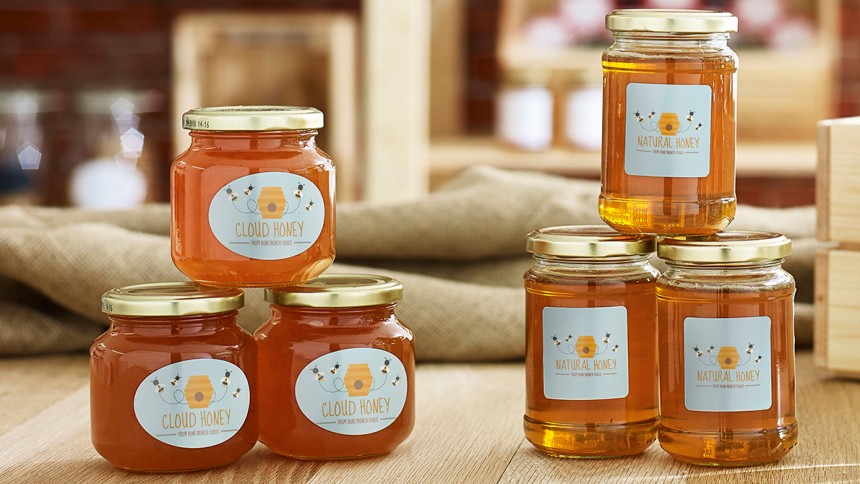
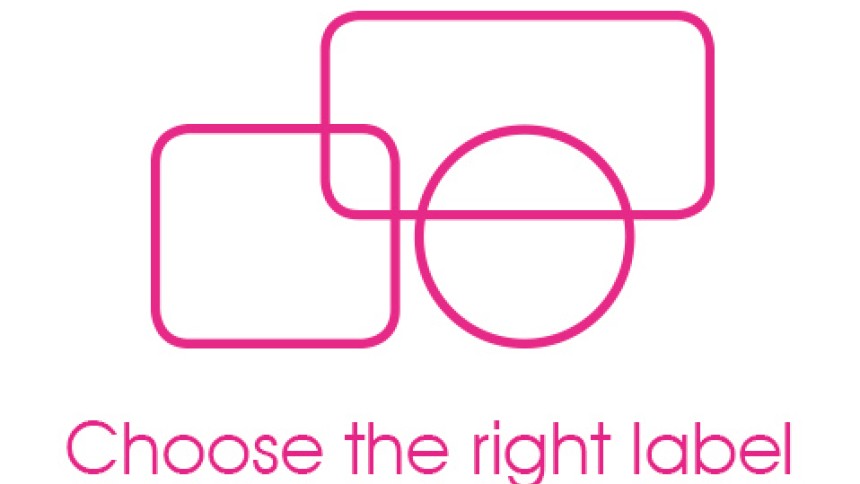
Using a label is the first step to getting your product or package seen, as it increases the likelihood of an item being noticed. However, it is also important to choose the right Avery label.
What do you need your label to achieve and where will it be placed? Think about the size, shape and material such as waterproof, transparent, glossy or matt.
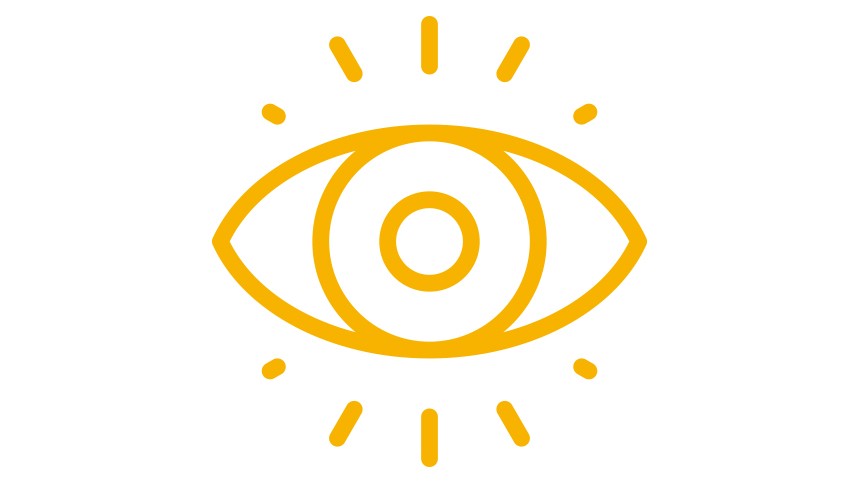
Creating eye-catching labels is the second step to label success. With so much information in the world around us your label needs to stand out and grab a consumer’s attention by highlighting what the brain deems important. There are seven key things you need to consider when designing labels.
Position - Try and place important information at the centre of your label and place your label in the middle of the product or package.
Contrast - Choosing colour over black and white wins every time. Select colours that stand out, not only against your own packaging but against that of your competitors too.
Surprise - Do something a little different and this will help your label to draw attention. In our research, the envelopes which used an ‘arty’ label were more likely to be looked at first.
Visuals - Research shows that combining the use of colour, a picture, and an icon can help customers home in on your product more readily than a word-heavy label.
Simplicity - When a simple label was used rather than a complex one, people were 5-10% more likely to look at it initially and spent 9-15% more time looking at it overall.
Relevance - Personalisation is very effective at making people sit up and pay attention. Also, labels featuring icons that are relevant to the product a person is looking for will mean they are found quicker.
Primal - The primal area of the brain, also known as the reptilian brain, is responsible for our safety and is instinctive. Did you know that the human brain is hardwired to notice faces and emotion?

Labels are more effective if they encourage processing, thought or deliberation within your consumer. You’ve made potential customers stop and now you need to make them think. There are five key ways in which to do just that.
Emotion - Using an expression of emotion such as ‘love’ or ‘joy’ or emotive images like a heart or smiley face on a label can help a customer warm to your brand.
Information - Make sure you convey key information clearly. Our research found that informational labels are particularly important when it comes to conveying price and deals.
Priming - A label suggesting high quality can lead to increased product consideration and perception. But this works both ways – a cheap design can suggest a cheap product.
Heuristics – We all rely on mental ‘shortcuts’ to quickly make decisions. If your label includes a recommendation or endorsement or shows evidence of awards then people are more likely to make a purchase.
Curiosity - Teaser labels that engage the brain and pose questions about the package contents, for example, “What’s inside?” or “Open me” can increase response rates.
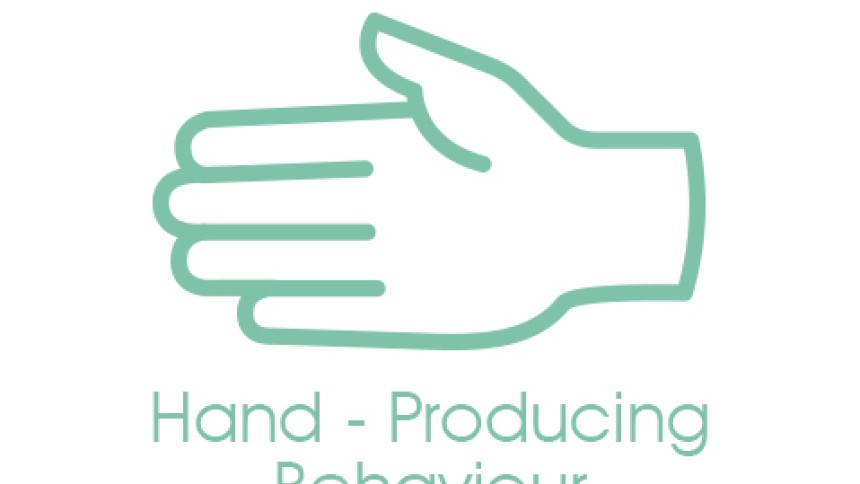
Once a label has caught a consumer’s attention, and then engaged and persuaded them, they are more likely to act upon and even purchase an item.
Take the time to think about what you include on your labels, as this can increase sales in the same way as your website or other marketing material could.
If you want to find out more about the research have a look at this Slideshare.
4 steps to a successful label design
Follow our simple steps to create the perfect label
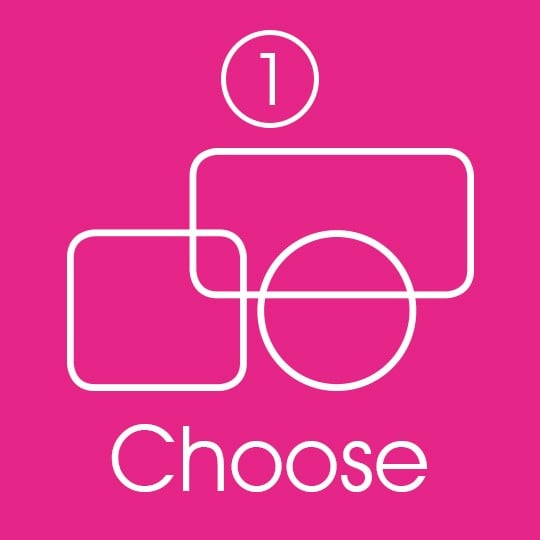
Adding a label increases the likelihood of a product or package being noticed.
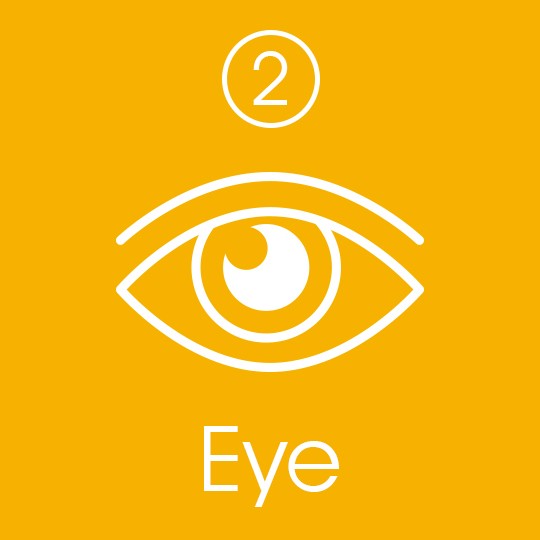
Make labels eye-catching with key information that the brain considers important.

Labels are more effective if they encourage thought, processing or deliberation.
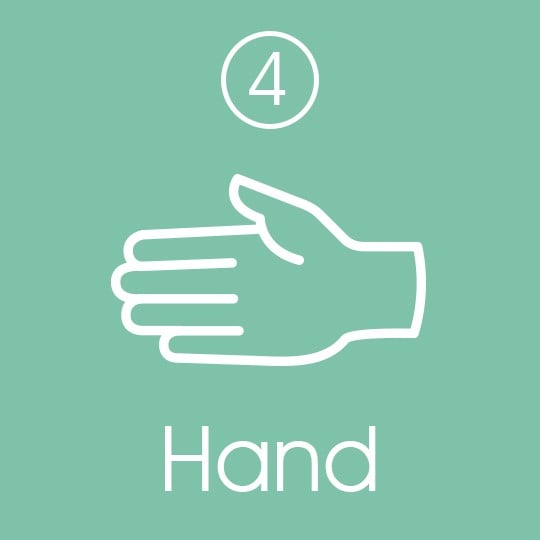
Well-considered, well-designed and well-placed labels encourage customers to act.
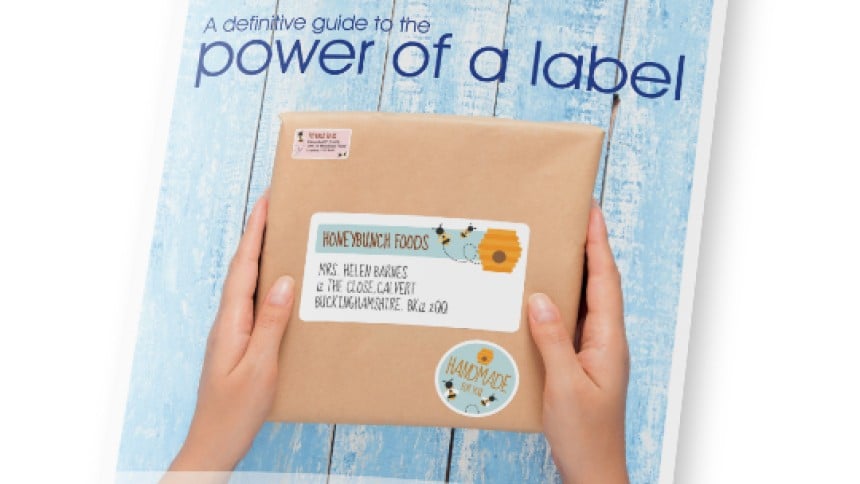
We’ve created a report for small businesses with the key research findings that will help you sell more products and increase brand loyalty.
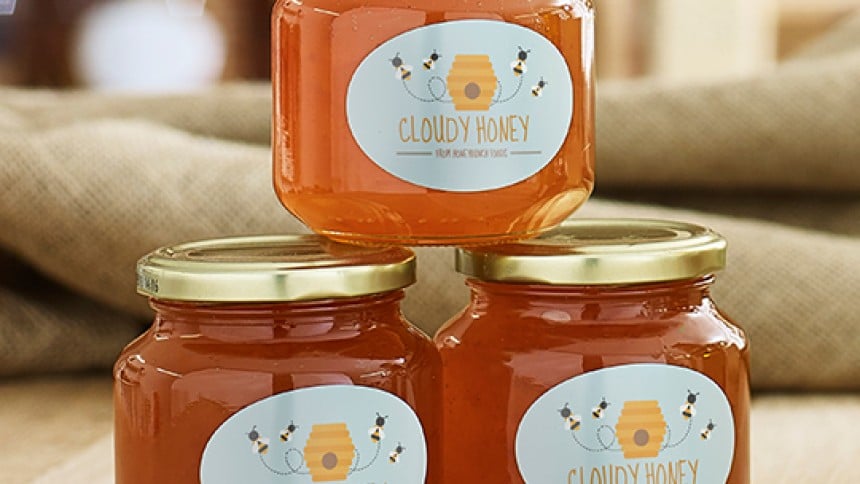
See for yourself how easy it is to create product and shipping labels that will impress your customers in our 60 second videos.